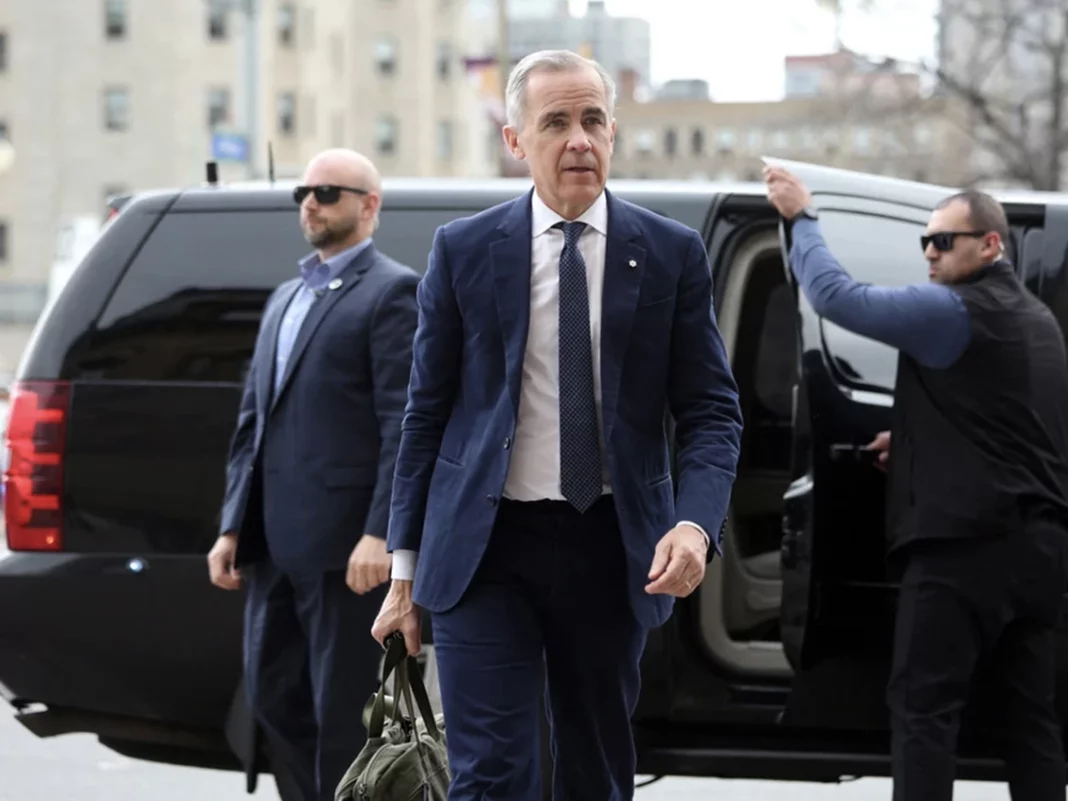The Liberal government under Prime Minister Mark Carney is beginning to turn its campaign promises into concrete policies—a process that could deliver significant advantages to several key sectors of the Canadian economy.
Banking and Finance
Financial institutions, which make up nearly 30 percent of the S&P/TSX Composite Index, are poised to benefit if the Carney government stimulates economic growth through public spending and middle-class tax cuts. These measures are expected to reduce loan default risks and boost demand for home mortgages, particularly as the government plans to eliminate the HST on new home construction.
Infrastructure and Housing
Carney has pledged to “build relentlessly,” with plans to launch a five-billion-dollar infrastructure fund targeting investment in ports, railways, highways, and airports. The government also aims to double Canada’s housing construction rate to 500,000 units per year, facilitated by the newly established Build Canada Homes agency. These initiatives are expected to increase demand for building materials and create significant opportunities for companies such as WSP Global, AtkinsRéalis, Stantec, and Aecon.
Energy and Strategic Minerals
The Carney government plans to transform Canada into an “energy superpower” by investing in renewable energy and accelerating the development of essential mineral resources like copper and lithium. These policy directions may benefit major corporations such as Rio Tinto and BHP, along with renewable energy firms like Brookfield Renewable Partners, Northland Power, and Innergex.
Defense
The government is committed to ending delays in military spending by establishing a dedicated fund for procurement and modernization projects. Carney also aims to prioritize domestic manufacturing, focusing on building up Canada’s defense supply chain and aircraft production. Bombardier, which launched its defense division in 2022, could be among the key beneficiaries.
Market Outlook
Investors have described the market reaction following Carney’s election victory as relatively stable, but the full impact of his policy agenda is expected to become more evident in the medium to long term. In the near term, trade relations with the United States and tariff concerns remain critical issues that could shape the Canadian economy.






